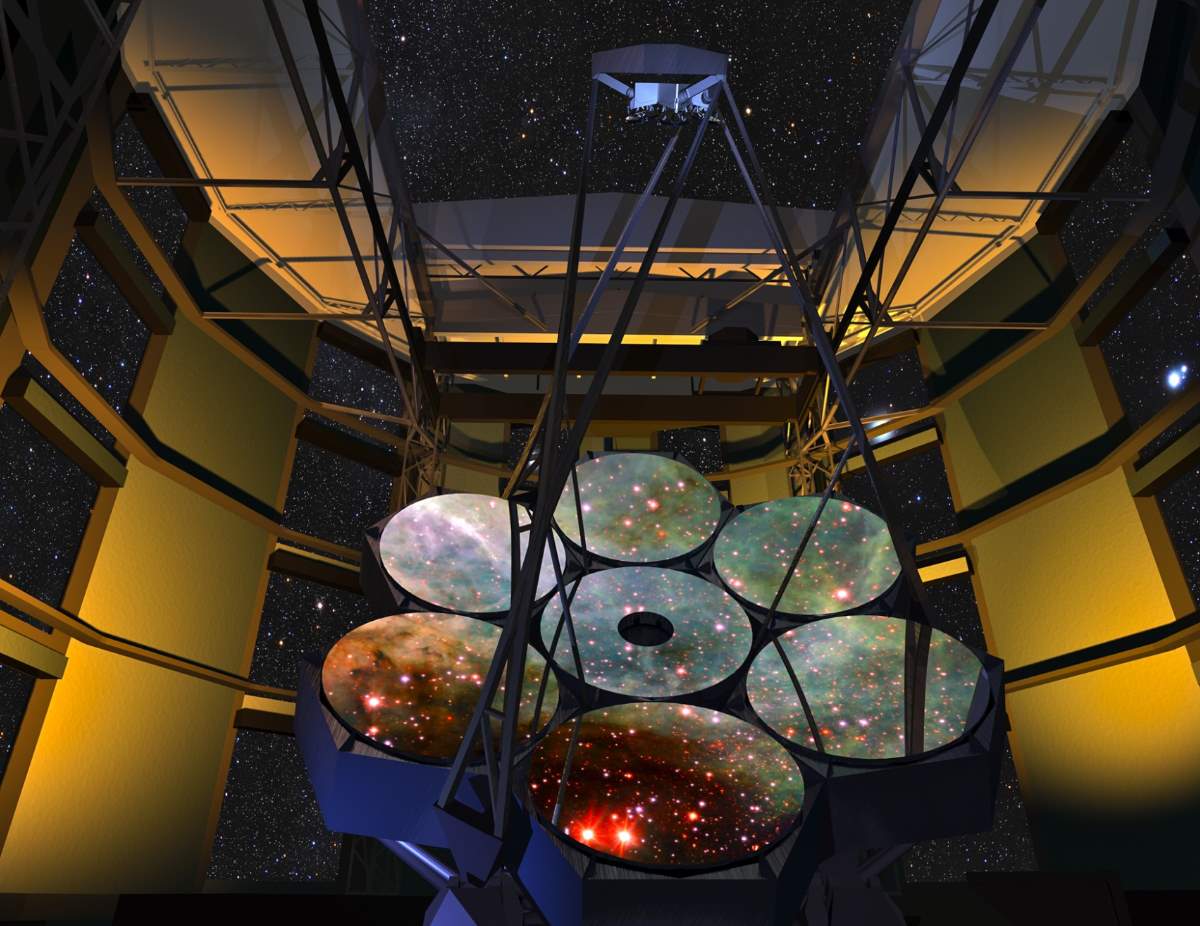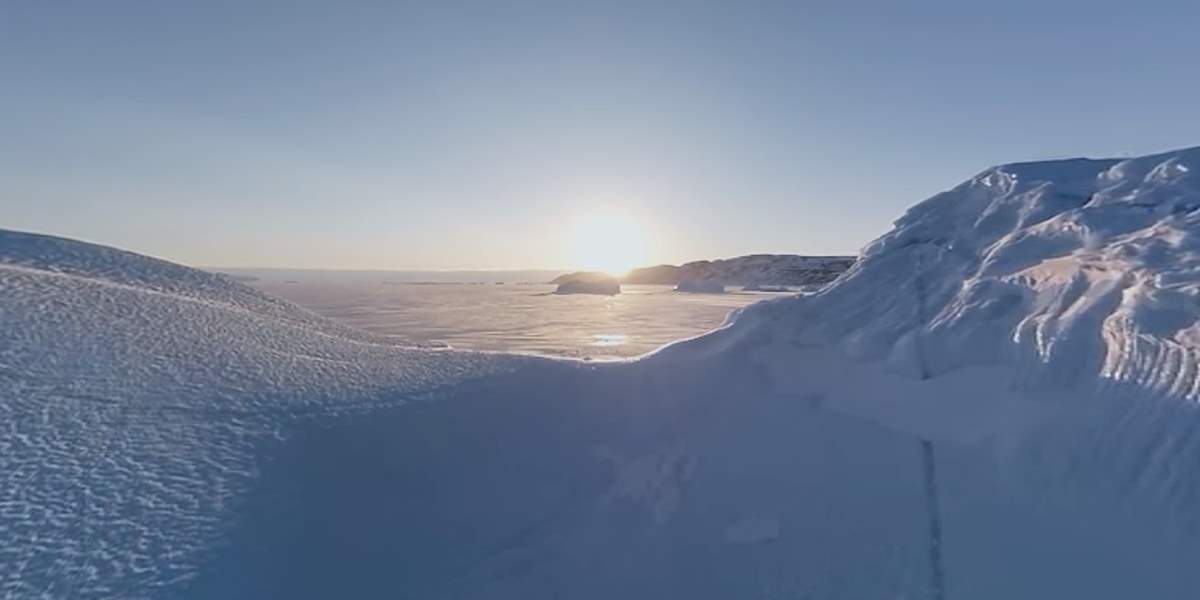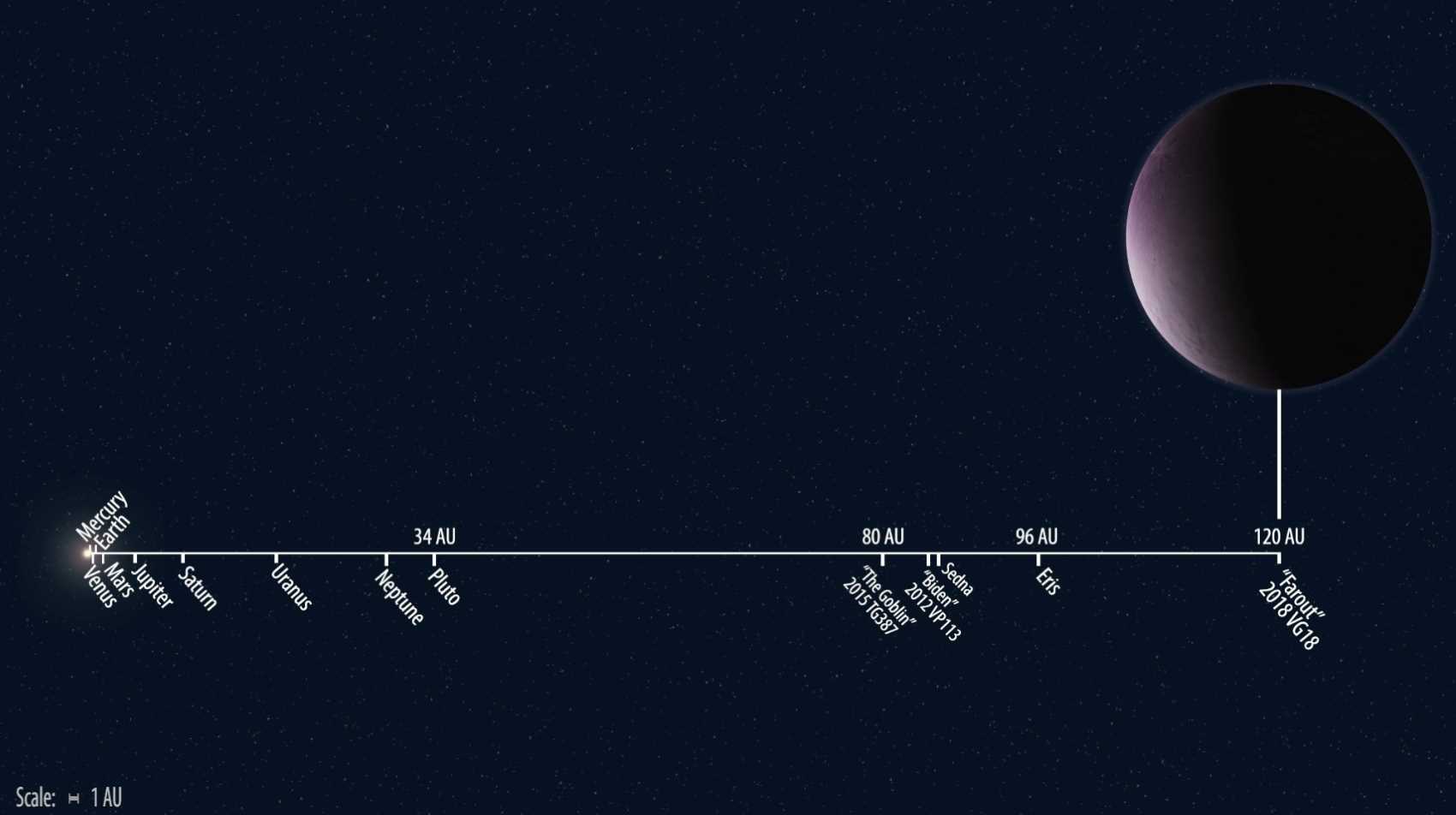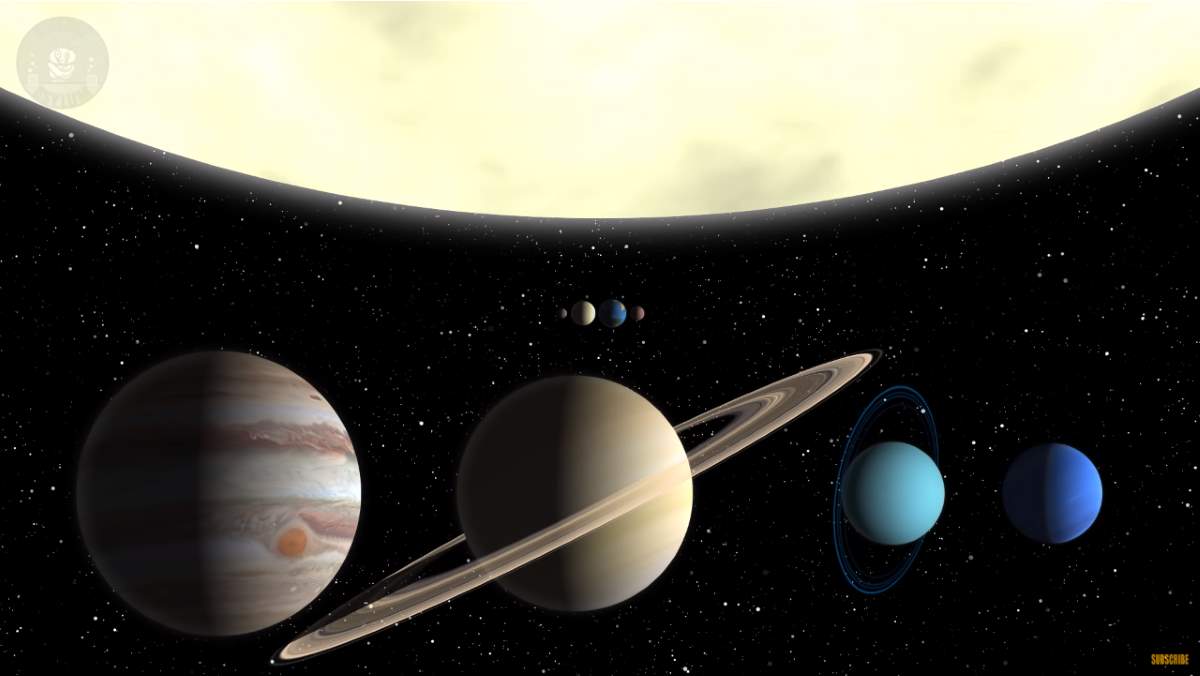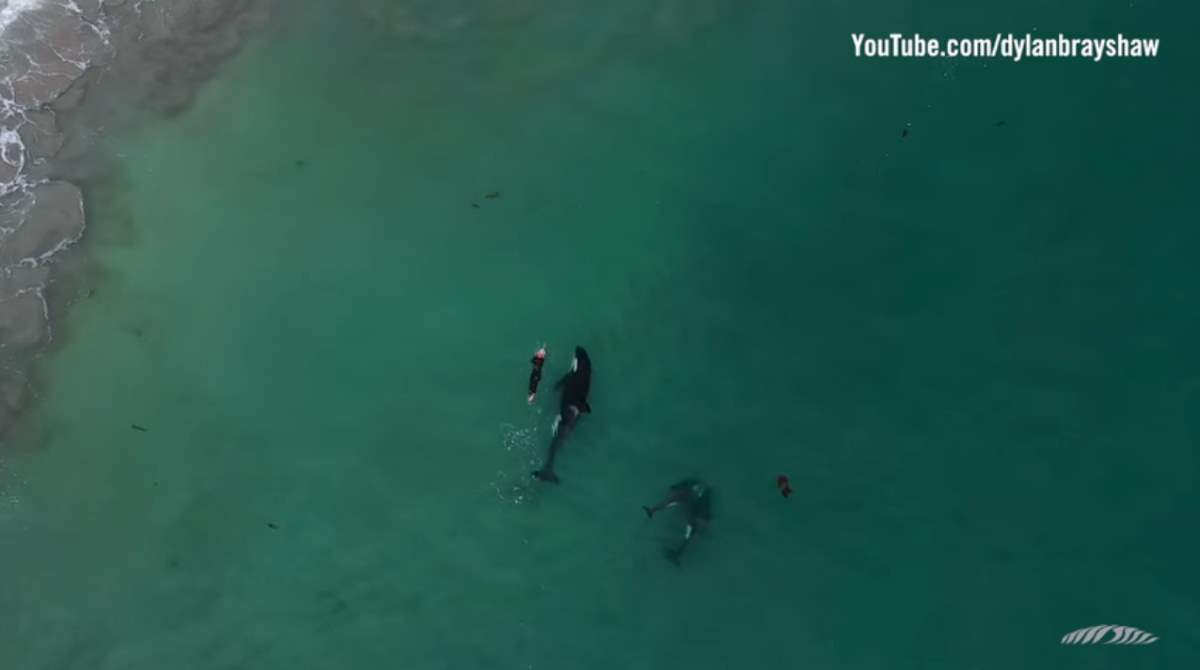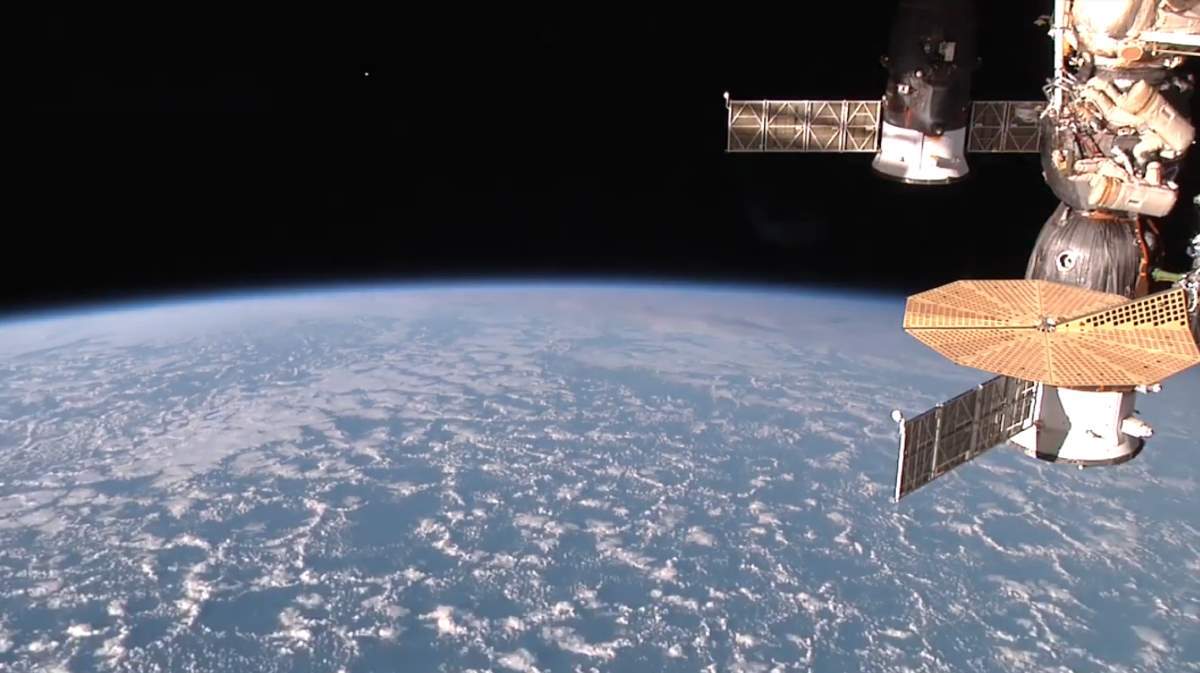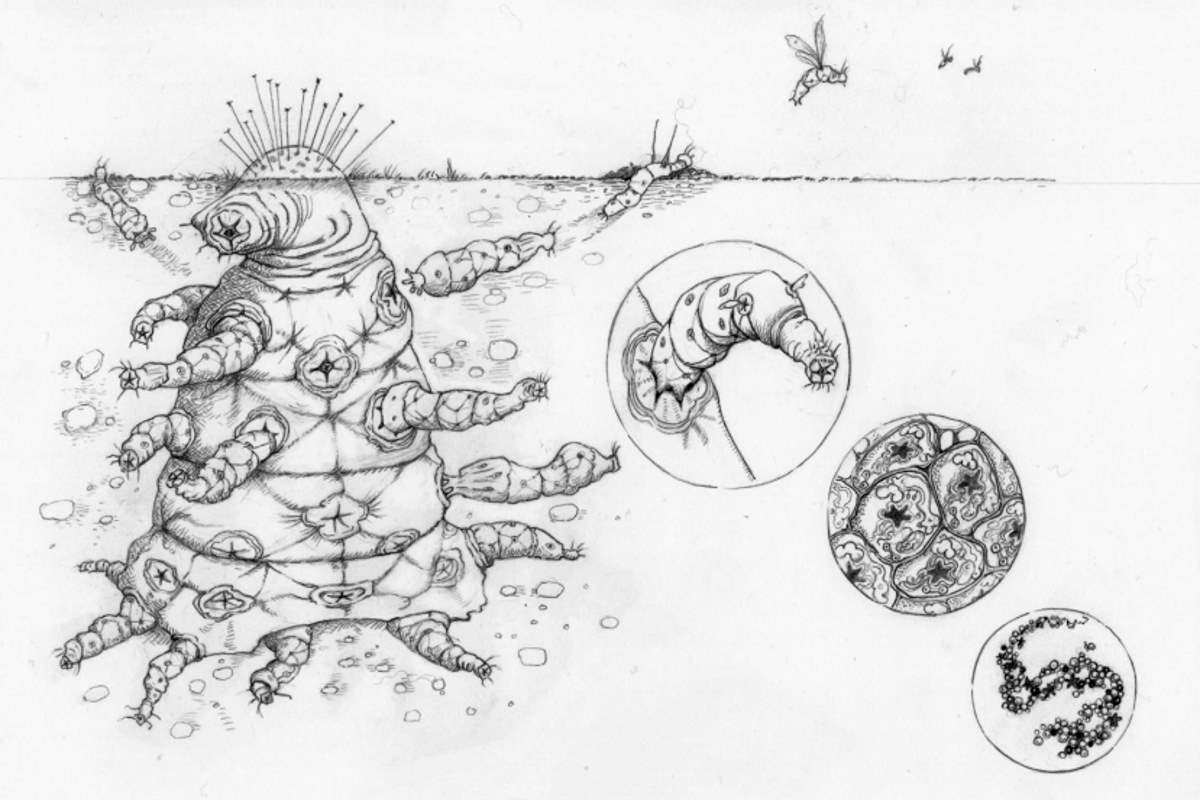The Giant Magellan Telescope (GMT) is a ground-based extremely large telescope under construction, planned for completion in 2025. When completed, it will be the world’s largest telescope and one member of the next class of giant ground-based telescopes that promises to revolutionize our view and understanding of the universe. It will be constructed in the Las Campanas Observatory in Chile.
GMT has a unique design that offers several advantages. It is a segmented mirror telescope that employs seven of today’s largest stiff monolith mirrors as segments. Six off-axis 8.4 meter or 27-foot segments surround a central on-axis segment, forming a single optical surface 24.5 meters, or 80 feet, in diameter with a total collecting area of 368 square meters. The GMT will have a resolving power 10 times greater than the Hubble Space Telescope!
